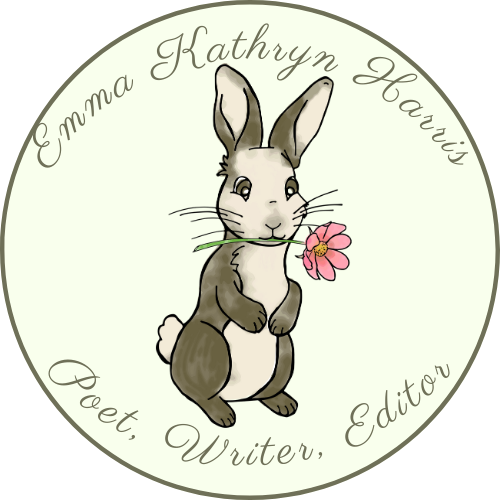The process of writing can be magical … Mostly it’s a process of putting one word after another.”
Neil Gaiman, Author, Screenwriter
Composing novels, content marketing, copywriting for businesses, articles for magazines — these can sometimes feel as if we hit a blank wall. Often we write so much that it might even all run together.
Writing prompts and separate activities, such as walking, hiking, and visiting museums, can help inspire our creativity. But if you must force yourself to be imaginative, such as when you have a looming deadline or you are under stress, how can you bring yourself to focus and write with amazing sentence structure? How do you write appealing copy when you feel as though you are stuck in a cave of darkness?
Restructure your method.
And one way to do that is by writing from the middle and working your way out.

Why begin your writing from the middle
Many of us sit for several minutes, though sometimes hours or days can pass us by, as we struggle with how to start our piece. We know, as writers, that to get anywhere in our work, we just need to write. But let’s face it: the perfectionist in all of us gets in the way.
Trying to create an inspiring opening to our article or story is one of the hardest, though most important, tasks we have to fulfill.
Wouldn’t it be nice if we already had our opening so we could sail through the rest of the story?
We usually know what we are trying to write about. We understand our theme and sometimes we even have the end in mind. So instead of worrying about the segue into the theme, we should simply start writing from the middle, the meat of the story. It might be from the first subheading; it might be from chapter 10. Whatever the case, write from the part you already have some sense of its structure.
Our opening sets the stage for readers’ expectations. But haven’t we found that after we’ve drafted our article or book, we return to the beginning and change it? The middle of our work often alters our main points, which then affects our opening.

Benefits of skipping to the middle
I have noticed a trend in newer works, both in fiction and nonfiction, that the opening is typically one of suspense, excitement, or activity. No one begins with: “Once upon a time” or at least, they shouldn’t. Or: “This morning when I woke up.” We know you woke up because you are writing.
While we live life from step one to step two and so on, when we tell our story, even if it’s an event that happened at work or the grocery store, that is where we begin. If I start telling my story too far back, my husband will teasingly circle his hand to indicate: “get to the point.” Because, well, I like relating detail from the beginning. But not everyone does.
And our readers want to get into the action before they learn all the background and surrounding information.
Therefore, beginning our story from the middle will help us shape our opening to be more clever, more attention grabbing, because we, ourselves, began our initial draft with something interesting. Our attention spans are shorter because we have grown used to instant information. So, get to the point.
Our readers want to get into the action before they learn all the background and surrounding information.
The information we share in the middle is also background data and feeds our reader with details they need to understand the overall picture. Because we already have it written into the draft, we will not feel the impulse to place it at the beginning, which is another advantage to pre-dumping the information in the middle, where it belongs. From there, we take one point, make it interesting, and use it for the opening to tie the entire piece or story together in a neat bow.
Starting your work from the middle will help you create more interest in your opening. You will also be productive because instead of waiting for that “perfect” opening line, you are writing and pumping the ingenious juices through your brain.



